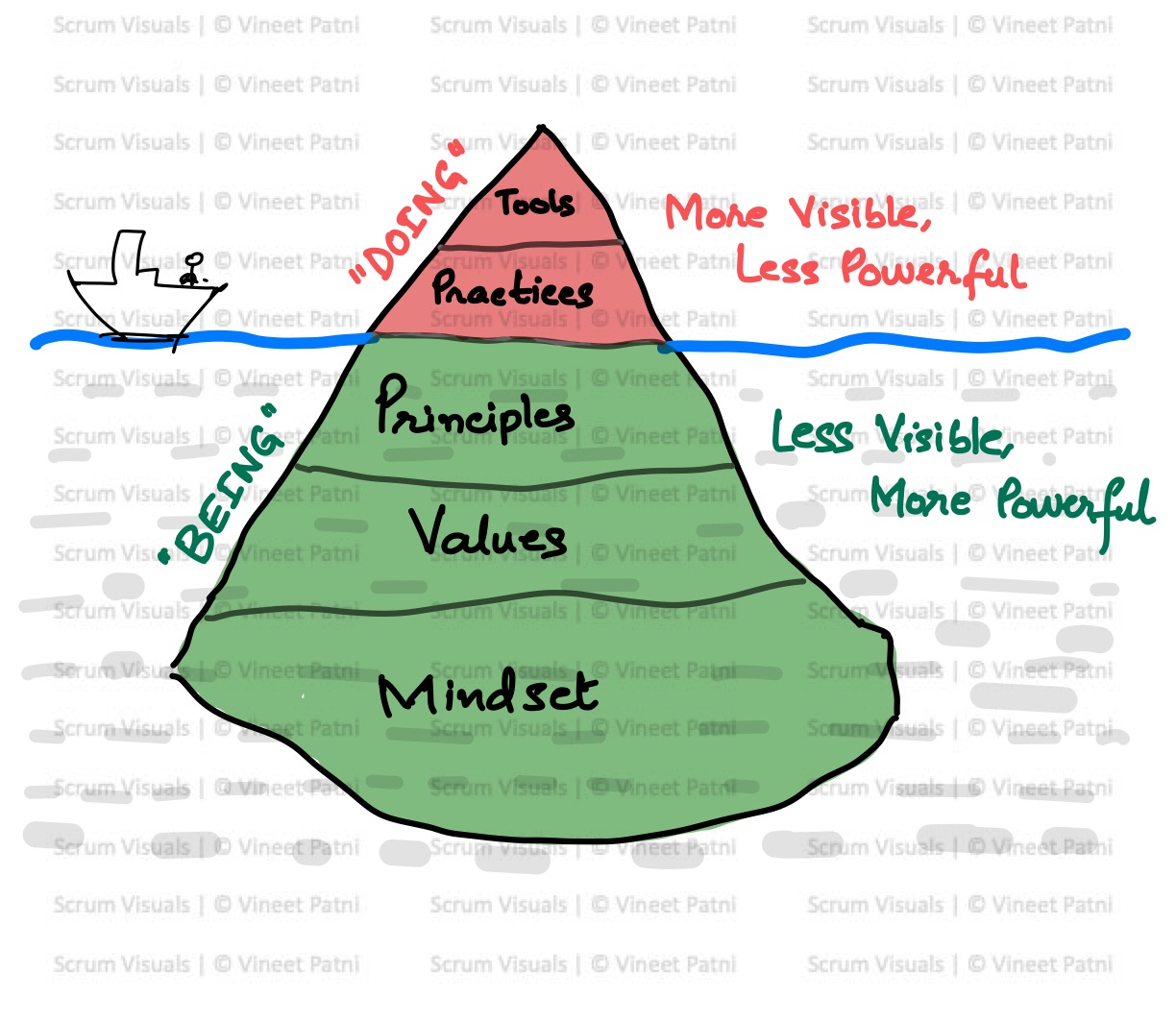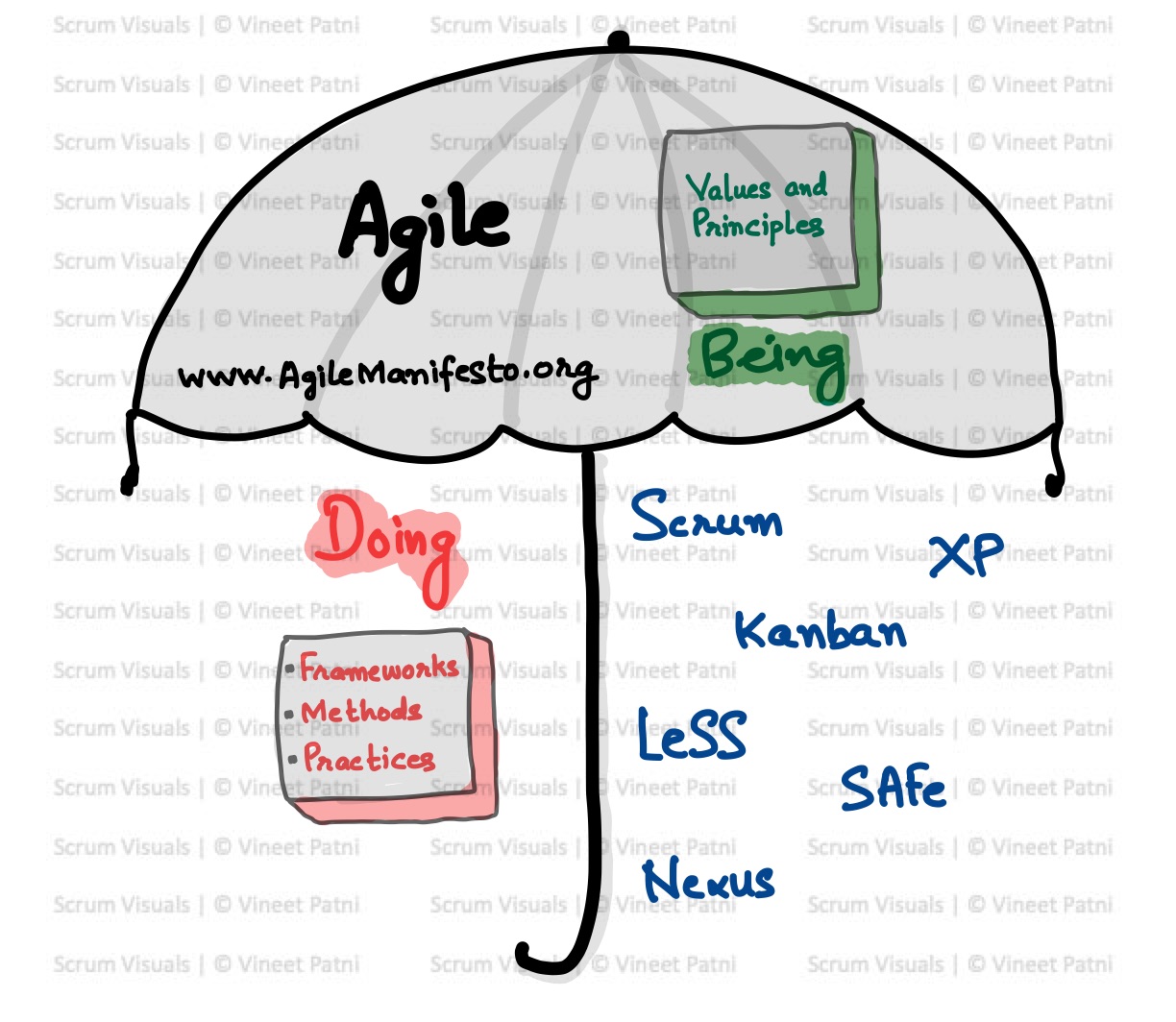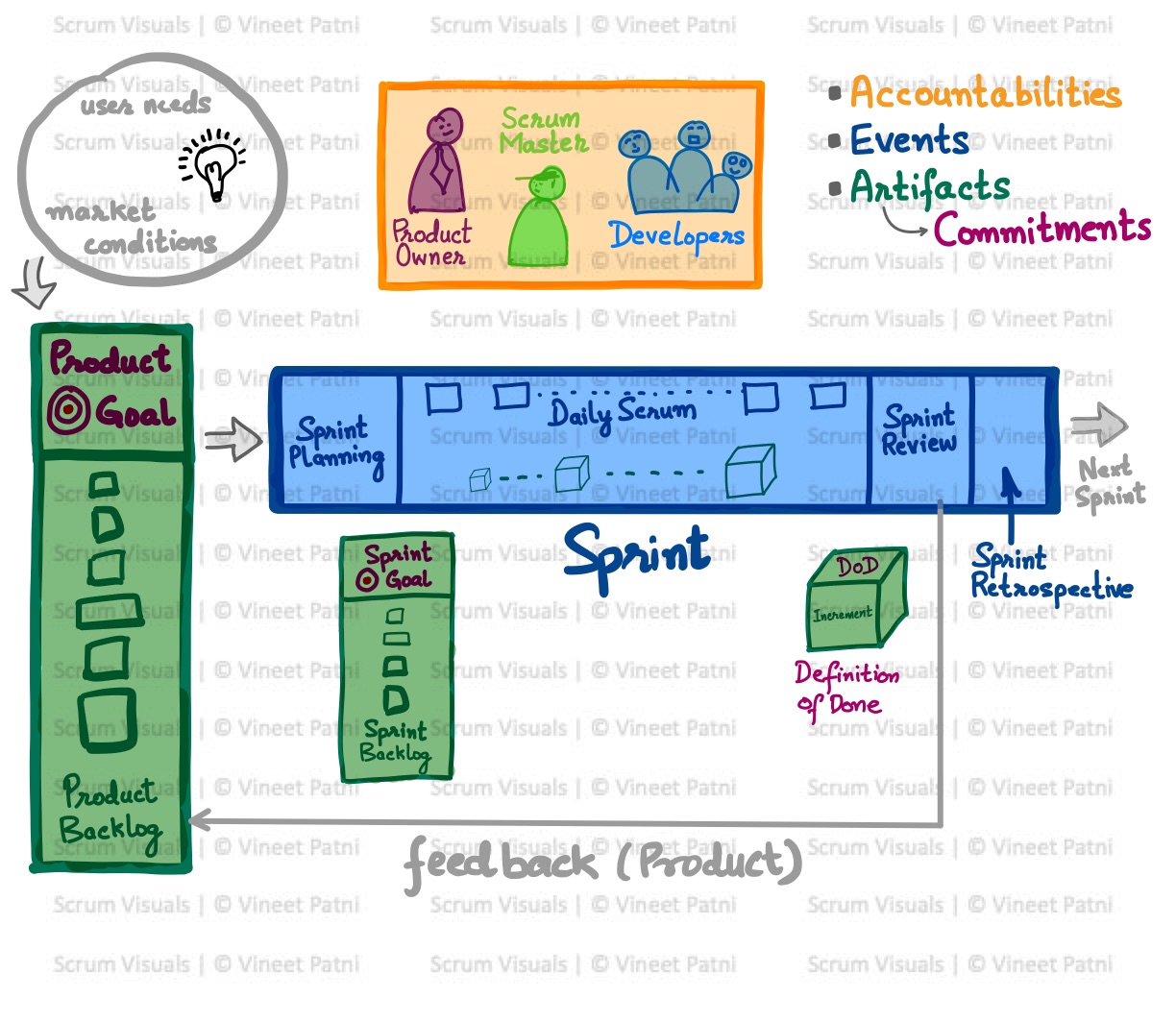Scrum vs SAFe: Ultimate Comparison of Agile Frameworks with Examples
When it comes to managing software development projects, Scrum and SAFe (Scaled Agile Framework) are two of the most widely adopted frameworks. Both emphasize iterative development, collaboration, and continuous improvement, but they differ significantly in scope, structure, and applicability.
What is Scrum?
Scrum is a lightweight Agile framework designed for small, cross-functional teams. It operates on three core pillars: Transparency, Inspection, and Adaptation.
- Teams work in Sprints (of one month or less).
- Each Sprint delivers a potentially shippable product increment.
- Key accountabilites include Scrum Master, Product Owner, and Developers.
- Events include The Sprint, Daily Scrum, Sprint planning, Sprint review, and Sprint retrospective.
Scrum thrives in smaller, flexible teams where adaptability and quick feedback are critical.
What is SAFe?
SAFe (Scaled Agile Framework) is a comprehensive framework built for large enterprises managing complex projects across multiple teams. It is grounded in 4 core values – Transparency, Alignment, Respect for People, and Relentless Improvement.
- Team of Teams (called as the Agile Release Traing ART) work in program increments (PI) of 2–3 months.
- It emphasizes incremental development at scale.
- ART Roles extend beyond Scrum to include System Architect, Release Train Engineer, Product Manager, System Team, and Solution Architect.
- Events include Program Increment Planning, Iteration Planning, Team Demo, System Demos, PI Demo, and Inspect & Adapt workshops.
SAFe provides structure and governance for scaling Agile across teams or departments.
Scrum vs SAFe: Side-by-Side Comparison
| Feature | Scrum | SAFe |
| Team Size | Small | Large, multi-team organizations |
| Iteration Duration | Sprints (1 month or less) | Increments (2–3 months) |
| Focus | Iterative development | Incremental development at scale |
| Level of Detail | Low | High (roles, artifacts, governance) |
| Roles / Accountabilities | Scrum Master, Product Owner, Developers | Multiple roles incl. RTE, Product Management |
| Artifacts | Product Backlog, Sprint Backlog, Increment | Team Backlog, ART Backlog, Epics |
| Events | The Sprint, Daily Scrum, Sprint Planning, Sprint Review, Sprint Retrospective | PI Planning, System Demo, Inspect & Adapt |
Which One Should You Choose?
- Choose Scrum if you’re a small team working on a complex project that requires speed and adaptability.
- Choose SAFe if you’re a large organization managing multiple teams and complex initiatives requiring alignment and governance.
If you’re still unsure, consult ScaleUp, they can help assess your needs and select the right framework.











